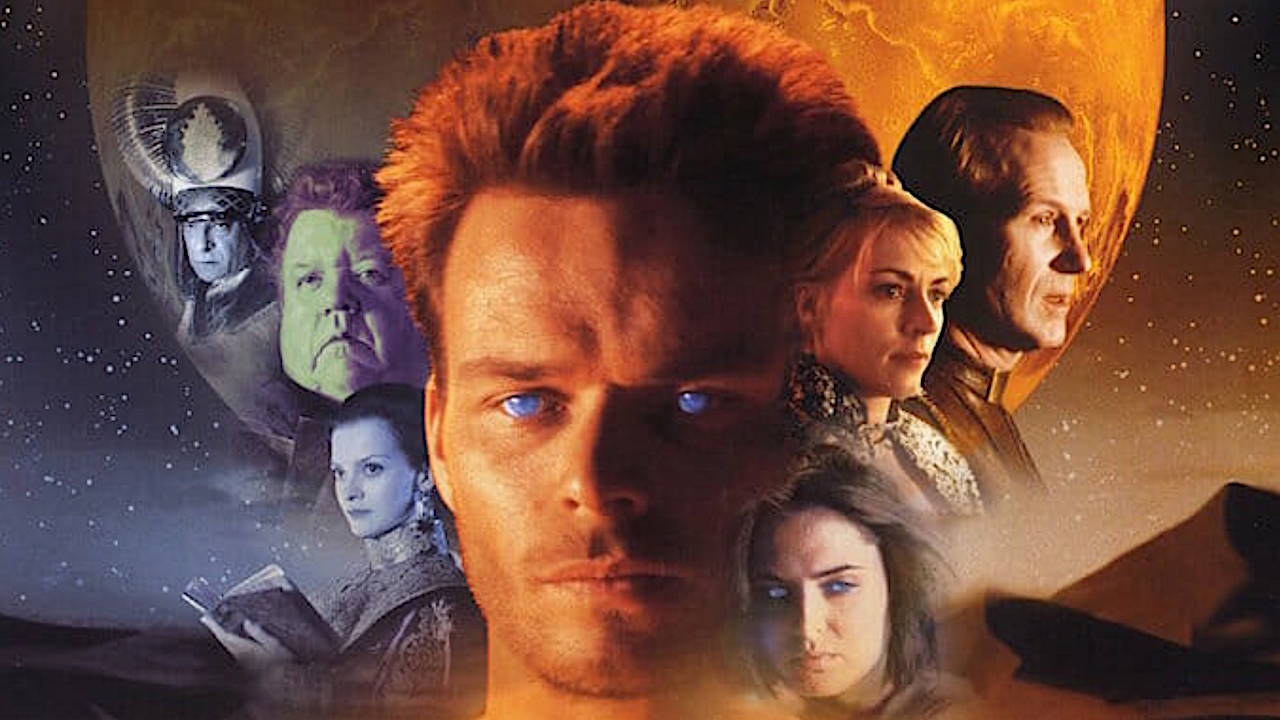Waves and Particles: Musings after the National Science Teachers Convention
I wasstaffing one of the walk-by tables in a gizmos and gadgets "Share-a-thon"session last week at the National Science Teachers Association (NSTA)'s annualconvention in St. Louis. My demo showed how an inexpensive photocell coulddetect both visible light from a flashlight, and invisible near-infraredradiation from a TV remote-control unit, which is one of the four activities inour SOFIA (Stratospheric Observatory for Infrared Astronomy) ActiveAstronomy kit. As hundreds of teachers filed by during two hours, I hawkedmy wares and handed out teacher guide on CD-ROMs plus web address cards tothose who lingered for a conversation.
One personstopped in surprise as I said, "Light is just one form of radiation." Wetalked for a few minutes, during which I found out she was a pre-serviceteacher working toward certification in biology and environmental science. Sheasked, what does light have to do with radiation? -- by which she meant thetype of radiation she had learned about, capable of mutating DNA. I explainedthat type of radiation usually refers to particles, flying bits of unstableatoms that have come apart. She wanted to know more about the mutatingradiation from space she had also heard about. I guessed she meant cosmicrays, also particles (sometimes entire atomic nuclei) that were ejected fromexploding stars and subsequently accelerated almost to the speed of light byour galaxy's magnetic field.
Hercuriosity further piqued, she asked again about light and infrared radiation. I displayed an electromagnetic spectrum on my laptop computer and said, all ofthese types of radiation, from gamma rays to radio waves, including visiblelight, are energy traveling at the speed of light in the form of vibratingelectric & magnetic fields. They differ in wavelength and frequency, Icontinued, but otherwise are the same physical phenomenon (and noted that thehighest-energy varieties, gamma rays, X-rays and UV radiation, can also damageDNA, leading perhaps to some confusion with particle radiation). I pointed tothe electric lights in the ceiling chandelier, saying, up there, electrons arevibrating about 600 trillion times per second, creating a disturbance thattravels to us and makes the electrons in our eyes vibrate at the same frequency- like wiggling a cork at one end of a water tank and making a cork at theother end respond - and so we see the light. She asked, "Does it travel bymaking the electrons in the air in between vibrate?" "Good question!" I said,"the air electrons do respond a little, but that is not necessary for light totravel." It's hard to picture, a wave that is its own medium. 125 years ago,scientists made up a name, ether, for the strange substance they believed mustpermeate all locations in heaven and Earth as the necessary medium to carry thevibrations of light across outer space from the sun, planets, and stars to us. But, it turns out, there is no such thing: electromagnetic radiation does notneed a medium, it can travel across vacuum.
My newfriend looked thoughtful, and asked how she could work this information intolessons on environmental science. I suggested it could connect well to topicson sunlight, photosynthesis, energy in general, and even global warming, whichis caused by the fact that carbon dioxide is transparent to incoming sunlightbut opaque to the Earth's infrared emission trying to escape back to space. She thanked me, and moved on to the next Share-a-thon table.
Back at theSETI Institute booth in the exhibit hall, I talked with my booth partners,teacher alumnae of the SETI Institute's VoyagesThrough Time high school integrated science curriculum workshops. Am Ina?ve, I asked, to wonder how a pre-service teacher, so obviously curious andquick on the uptake as my radiation questioner, could have missed learningabout electromagnetic radiation versus particle radiation? These experiencedteachers assured me that someone certified in biology and environmental sciencecould easily have finished without required physics courses, and takenchemistry courses that never ventured into mention of EM radiation.
This is notmeant as a "woeful state of U.S. education" story. We can spin this instead asa story of the value of having scientists interested in public educationattending and delivering content at teacher meetings. Perhaps she did hear EMradiation distinguished from particle radiation, but in a lecture format -- aninefficient means of conveying information at best. It seems the ActiveAstronomy demo was a better way to engage her attention - and maybe this willbe how she will choose to help pass the concepts on to her students.
I do knowshe is the type of educator I hope will apply to fly onboard SOFIA in ourAirborne Astronomy Ambassadors program, in which we will train classroomteachers, museum docents, and even avid amateur astronomers to understand theresearch project of a group of astronomers and then join the astronomers aspartners on a research flight. But more about that in a later space.comarticle ...
Breaking space news, the latest updates on rocket launches, skywatching events and more!
- All About SETI
- Search for Alien Life
- SOFIA Update: Airborne Telescope Tests Continue
- SOFIA Reborn: High-Flying Observatory Faces Years of Flight Tests
- Mars Madness: A Multimedia Adventure
- Video: Mars Life?
